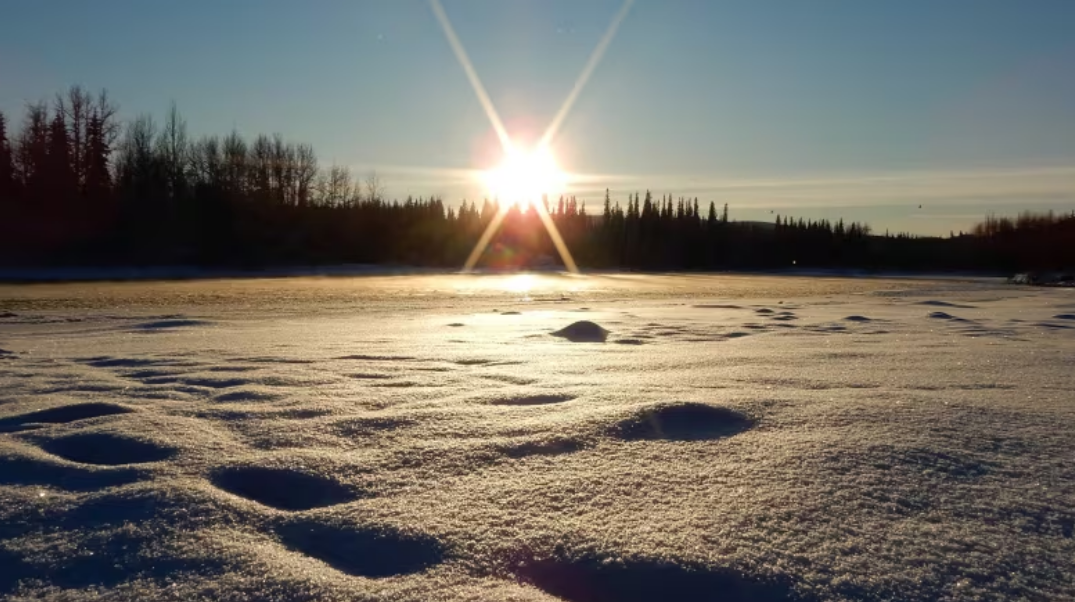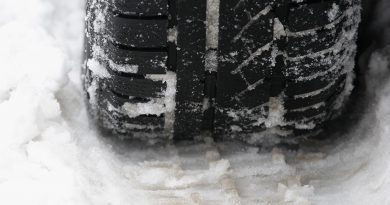Yukon officials concerned about possible spring flooding in Old Crow and Klondike Valley

Yukon government officials say the upcoming wildfire season is too far out to forecast, but potential flooding in Old Crow and the Klondike Valley are a major concern this spring.
In a seasonal flood and wildfire briefing Wednesday, the government’s acting senior hydrologist, Anthony Bier, said flood risk is high in both Old Crow and the Klondike Valley due to a mixture of high snowpack and dynamic freezing of the rivers.
“Our main concern here is if we see a sudden sustained warming event,” said Bier.
“If we flip the switch from sort of normal, coldest temperatures freezing at night, and we get up into the teens, and we stay above freezing at night for multiple days on end, driving a whole bunch of snowmelt that can cause a mechanical or dynamic breakup of the river. And then we’re more likely to see ice jamming.”
Biers said the ideal scenario involves a slow, steady melt, and the timing and progression of that melt is more significant than snowpack in terms of whether or not flooding will occur.
Greg Blackjack, the director of the Yukon’s emergency measures organization, said plans are being made to fly both equipment and personnel to Old Crow to deal with potential flooding.
Fire information officer Haley Ritchie said springtime temperatures and precipitation forecasts look average, but she wouldn’t make any predictions about what that means for the upcoming wildfire season.
“Most wildfire forecasting takes place just three to 10 days out,” said Ritchie.
“So it’s hard to give a lot of information about what our wildfire season might look like in the Yukon right now.”
Ritchie said this year, the Yukon’s wildland fire management branch has hired 20 firefighting crews, which is four more than last year, with the average crew being made up of three people.
“Additional crews will be stationed in Whitehorse, Dawson, Watson Lake and Haines Junction,” she said.
Blackjack said the Yukon government has “eyes on Yellowknife” as well, in order to learn from the N.W.T.’s experience in last year’s catastrophic wildfire season.
He said meeting with other jurisdictions to solidify plans around a mass evacuation has been prompted by this learning.
“We’re already having those discussions because our neighbours in the N.W.T. were having those discussions as they lived it. We’re preparing as best we can.”
Meribeth Deen
Related stories from around the North:
Canada: In the Northwest Territories, an approaching wildfire season is fuelling anxiety, CBC News
Finland: March brought milder-than-usual weather to Lapland, Eye on the Arctic
Norway: Smoke from Canadian wildfires forecast to reach Norway, The Associated Press
Russia: New NOAA report finds vast Siberian wildfires linked to Arctic warming, The Associated Press
Sweden: High risk of wildfires in many parts of Sweden, including North, Radio Sweden
United States: Wildfires in Anchorage? Climate change sparks disaster fears, The Associated Press



